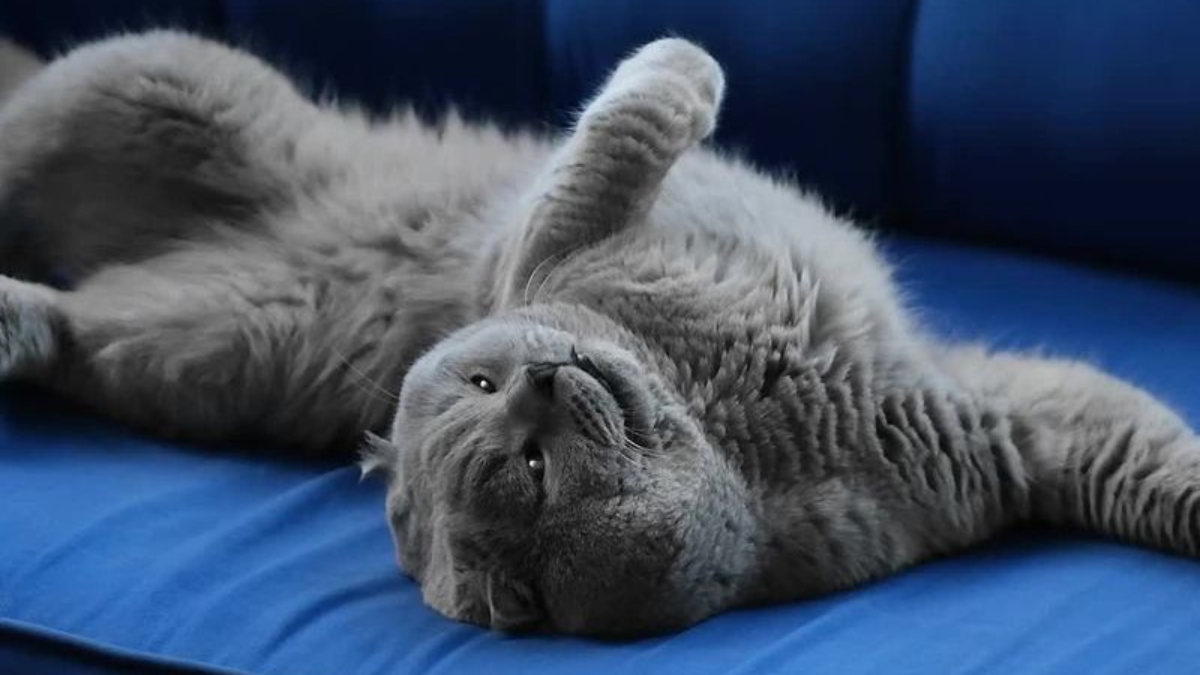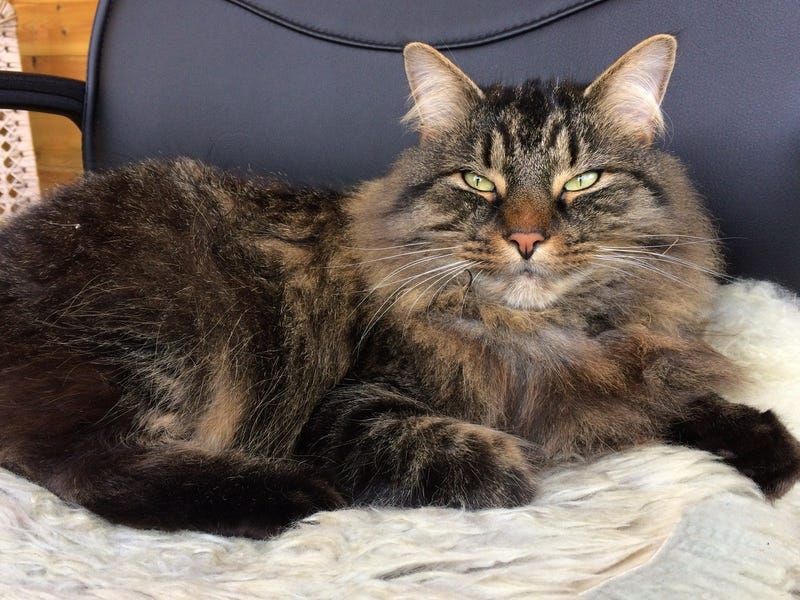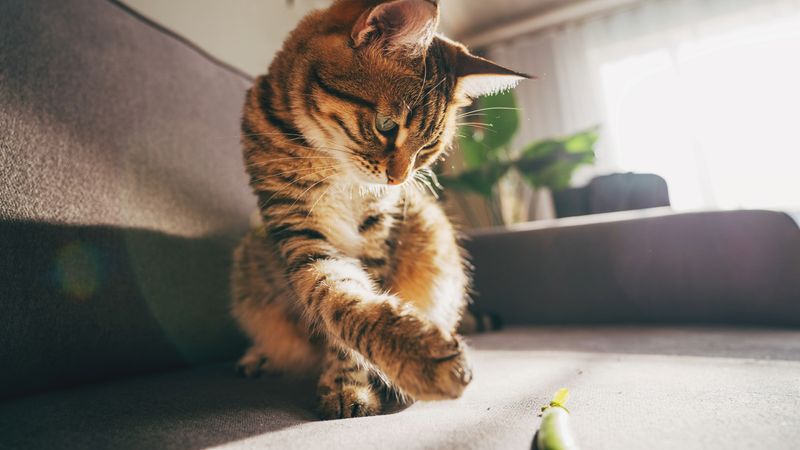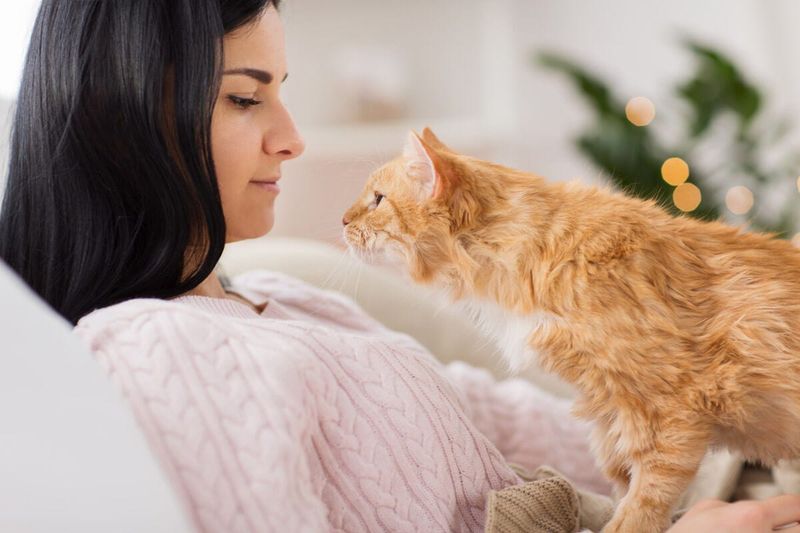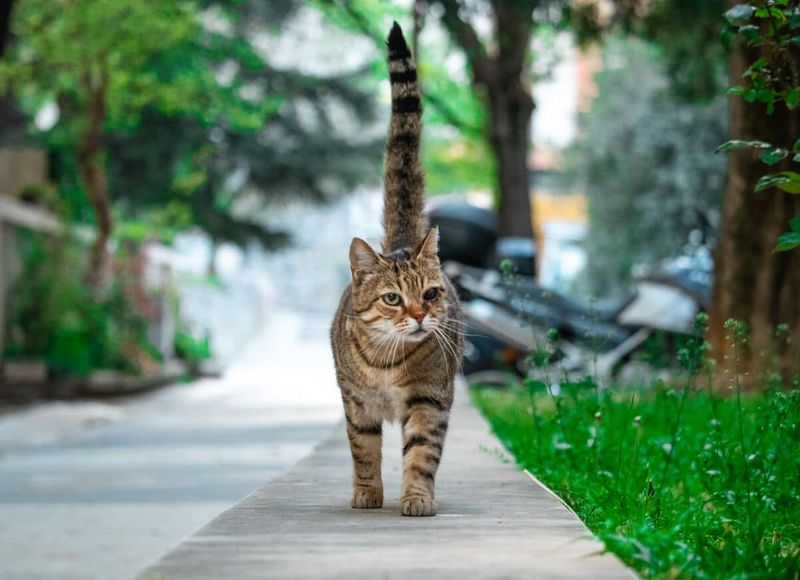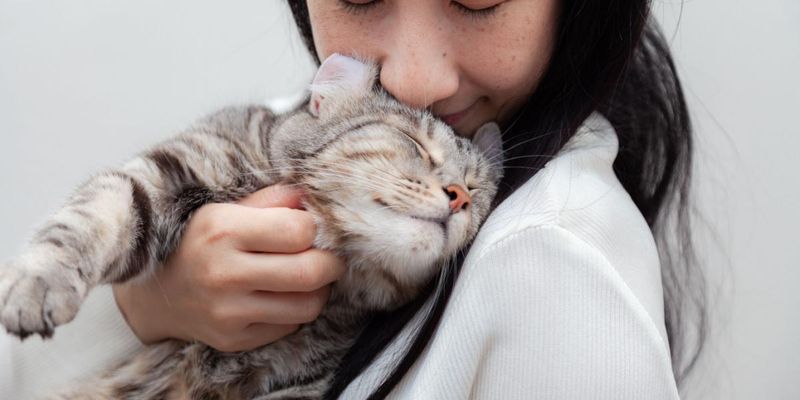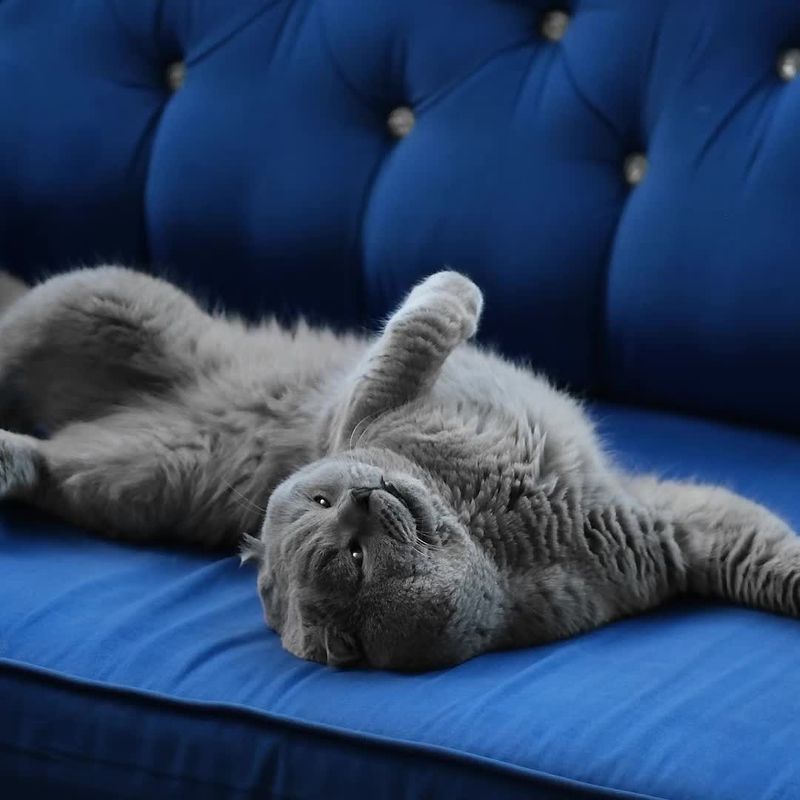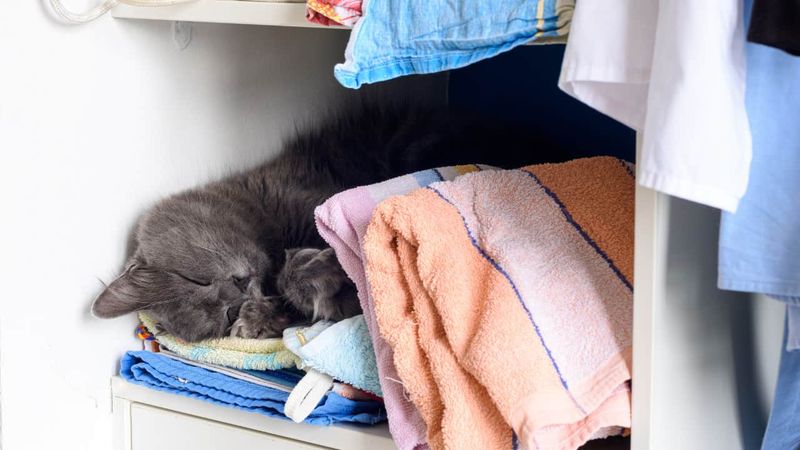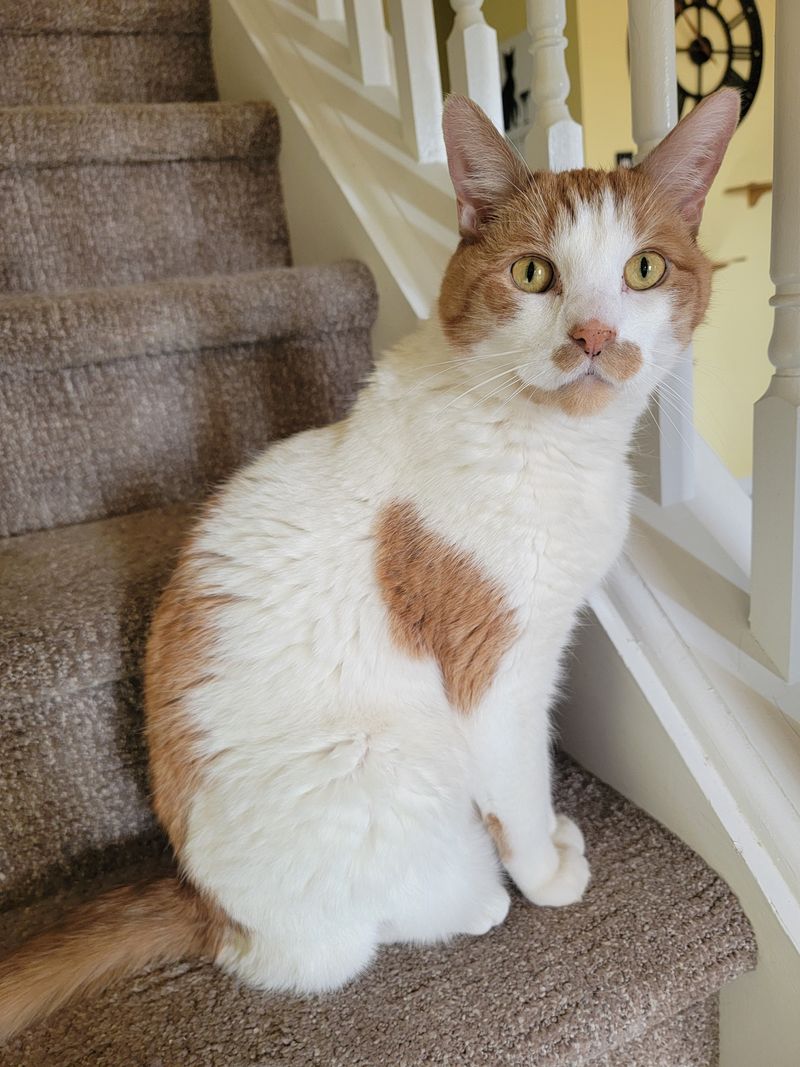📖 Table of Content:
Cats often carry a reputation for independence and emotional distance, but that perception only scratches the surface. Beneath their calm exterior lies the potential for deep, meaningful connections with the humans they trust most. These bonds are built gradually and expressed in subtle, telling ways.
When a cat forms a true attachment, their behavior shifts in noticeable patterns. They begin to seek out specific forms of closeness, from following someone around the house to offering gentle physical contact. Such actions aren’t random—they reflect a sense of comfort, loyalty, and emotional security.
Recognizing these signs can offer a clearer understanding of the bond between cat and human. Each gesture reveals a layer of affection that words could never convey. Once a cat sees someone as family, their loyalty is quietly unwavering.
1. Slow Blinks During Quiet Moments
Cat experts call this the “kitty kiss” – when your feline friend gazes at you and deliberately closes their eyes in a slow, relaxed blink. This gesture demonstrates complete trust because cats only close their eyes around someone they feel absolutely safe with.
Try returning this gesture next time you catch your cat staring. Slowly close your eyes, hold for a second, then open them again. This silent communication speaks volumes in cat language. Your cat is essentially saying, “I trust you enough to be vulnerable around you,” which is the feline equivalent of saying “I love you.”
2. Bringing You “Gifts”
Finding a toy mouse or, more alarmingly, an actual dead critter on your doorstep isn’t just your cat being weird. This hunting behavior shows they consider you family who needs feeding and care. Cats are natural hunters who teach their kittens to catch prey.
When they bring you these presents, they’re treating you as they would their own family – sharing resources and trying to contribute to the household. While not the most pleasant gift-giving tradition, this behavior represents one of the highest compliments in feline culture.
3. Kneading Your Lap Like Dough
That rhythmic pushing of paws against your legs might be slightly painful with those tiny claws, but it’s actually a heartwarming throwback to kittenhood. Kneading is instinctual behavior from nursing days when kittens massaged their mother’s belly to stimulate milk flow.
When your grown cat does this to you, they’re expressing contentment and security that rivals what they felt as kittens with their mother. It’s an unconscious return to their most comfortable state. Your cat has essentially placed you in the same category as their biological mother – the ultimate sign of trust and familial bonding.
4. Greeting You With an Upright Tail
Pay attention to your cat’s tail position when you come home. A tail held high with a slight curve at the tip is the feline equivalent of a cheerful “welcome home!” This gesture is reserved exclusively for people cats consider part of their social group.
Cats use this greeting only with those they trust completely. The upright tail posture is actually how kittens greet their mothers and how adult cats welcome colony members they consider family. Unlike many other cat behaviors that serve multiple purposes, this particular greeting has just one meaning: genuine happiness to see you return.
5. Headbutting and Face Rubbing
Those gentle bumps against your shin or face aren’t accidental collisions. Your cat is deliberately marking you with scent glands located on their cheeks and forehead through a behavior called “bunting.” Cats only bunt objects and people they consider their territory and part of their trusted circle.
By transferring their scent to you, they’re essentially labeling you as “theirs” in the most possessive and loving way possible. This behavior creates a communal scent profile that helps cats identify their family group. Your cat is literally making you smell like them so other animals know you belong together.
6. Exposing Their Belly Around You
A cat rolling over to show their belly is the ultimate display of vulnerability. The stomach area contains vital organs and is the most defenseless part of a cat’s body, which they instinctively protect from potential threats. When your cat lounges belly-up in your presence, they’re communicating complete trust that you won’t harm them.
This doesn’t necessarily mean they want a belly rub (many cats don’t), but rather that they feel safe enough to be completely defenseless around you. This behavior rarely happens with strangers or even casual acquaintances in a cat’s life.
7. Sleeping on Your Belongings
Finding your cat curled up on your recently worn clothes, laptop, or freshly made bed isn’t just about seeking comfort. Cats are attracted to your scent because it provides security and connection to their chosen person.
Your personal items carry concentrated versions of your unique smell, which your cat finds deeply comforting. By sleeping surrounded by your scent, they’re self-soothing with your familiar presence even when you’re not physically there. This behavior reveals a strong emotional attachment that goes beyond simple companionship – your cat is seeking the comfort of your presence through your scent.
8. Following You From Room to Room
The feline shadow that trails you from kitchen to bathroom to bedroom isn’t being clingy – they’re exhibiting social following behavior. Wild cat colonies stay together for protection and companionship, and your house cat is treating you as their trusted colony member.
Cats are naturally curious, but consistently following one specific person indicates a special bond. They’re interested in your activities and feel secure in your presence, preferring to be where you are rather than alone elsewhere in the house. This behavior is particularly meaningful coming from an animal with a reputation for independence and self-sufficiency.
